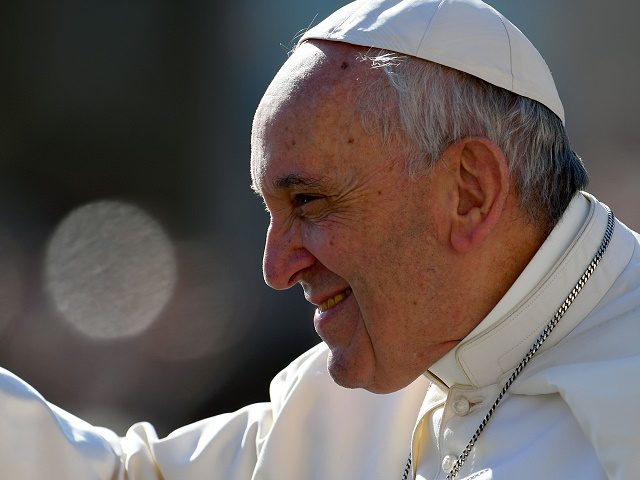Pope Francis has established a new path to canonization as a saint, adding the “free and voluntary offering of one’s life” to the three previously recognized ways to sainthood.
In a new letter bearing the Latin title Maiorem hac Dilectionem, taken from Jesus’ words that “no one has greater love than the one who lays down his life for his friends,” the Pope has cleared the way to official sainthood for those lay down their lives for someone else out of Christian love in imitation of Jesus Christ.
Until now, the two ordinary ways to being declared a saint were martyrdom for Christ and the practice of “heroic virtue.” A third, exceptional way also existed: that of “ancient veneration” of a person as a saint.
According to Catholic teaching, every person who goes to heaven is a saint, but a small percentage of these are officially recognized as saints and put forward as examples and models of a closer following of Christ.
The new decision follows on a process carried out by the Vatican Congregation for the Causes of Saints, which asked “whether those servants of God are not worthy of beatification who, inspired by the example of Christ, freely and deliberately offered and sacrificed their lives for their brothers and sisters in a supreme act of charity.”
While this new “fourth way” of the offering of one’s life closely resembles both the path of martyrdom and that of heroic virtue in certain respects, it has been put forward to underscore a specific form of heroic Christian witness.
While resembling martyrdom in the aspect of heroic self-giving up to death, it differs because there is no persecutor who puts the Christian to death out of hatred for the faith.
A typical example of this new path to sainthood was the case of the Polish Saint Maximilian Kolbe, who freely offered his life in the Auschwitz concentration camp to save another inmate who had been condemned to death.
Kolbe, a Franciscan priest, was arrested by the Gestapo on February 17, 1941 for the crime of harboring Jews. Soon after, he was sent to the Auschwitz concentration camp as prisoner #16670, where he was sentenced to heavy labor.
In July of 1941, the Deputy Commander of Auschwitz ordered 10 men to be chosen at random to be starved to death in an underground bunker, in punishment for three prisoners having escaped from the camp.
When Franciszek Gajowniczek heard that he had been selected, he cried out “My wife! My children!” At this point, Kolbe stepped forward and volunteered to die in his place.
“I am a Catholic priest from Poland; I would like to take his place, because he has a wife and children,” Kolbe said.
When Pope John Paul II canonized Maximilian Kolbe in 1982, he departed from protocol and declared Kolbe to be a “martyr,” rather than a “confessor.” According to the new Vatican disposition, Kolbe would have been declared a saint for the fact of offering his life for another.
Kolbe is the patron saint of the pro-life movement, and was declared by Pope John Paul to be “the patron saint of our difficult century.”
Kolbe’s canonization was attended by Franciszek Gajowniczek, by this time in his 90’s – the man whose place Father Maximilian took in the death cell at Auschwitz.
Follow Thomas D. Williams on Twitter Follow @tdwilliamsrome

COMMENTS
Please let us know if you're having issues with commenting.